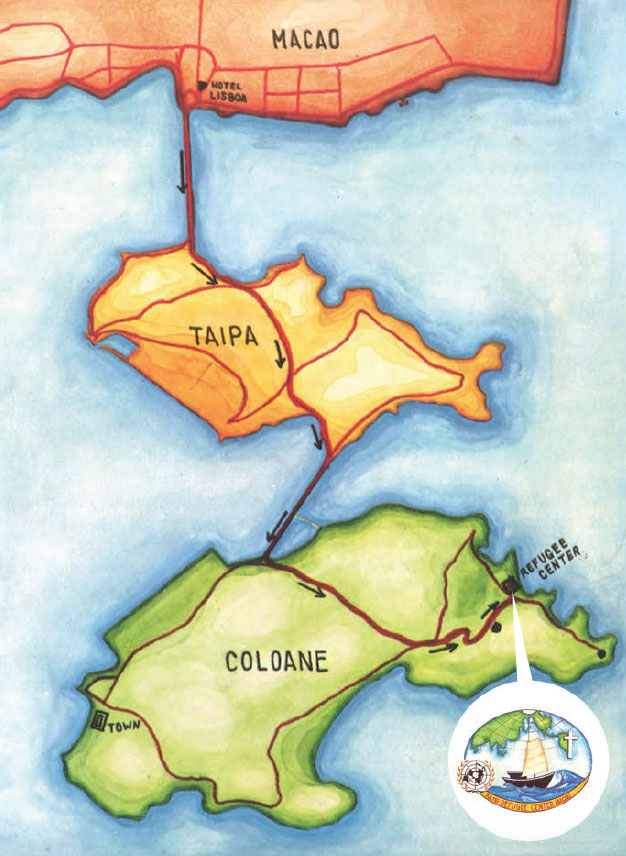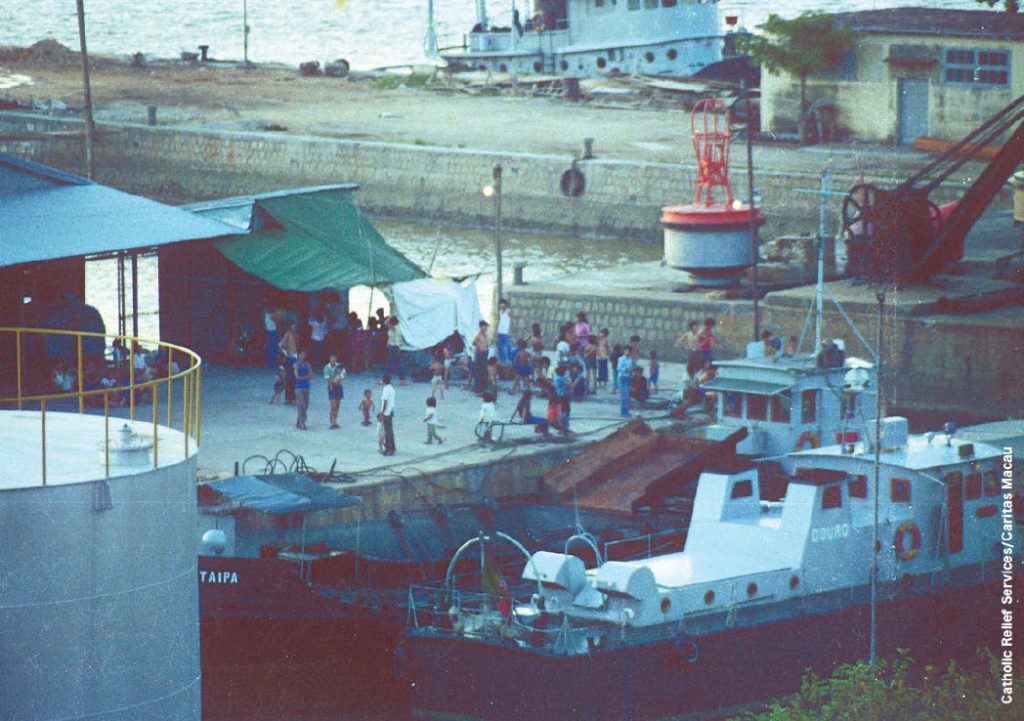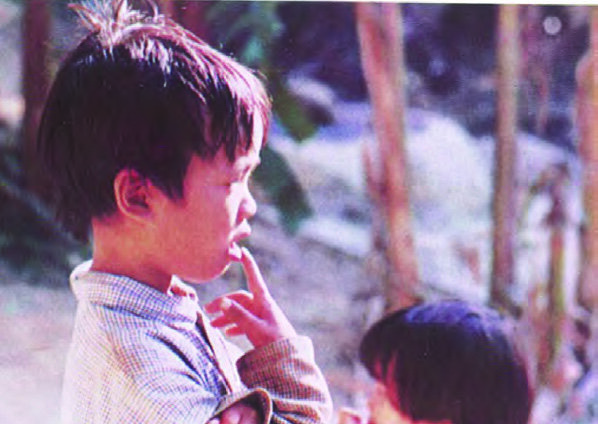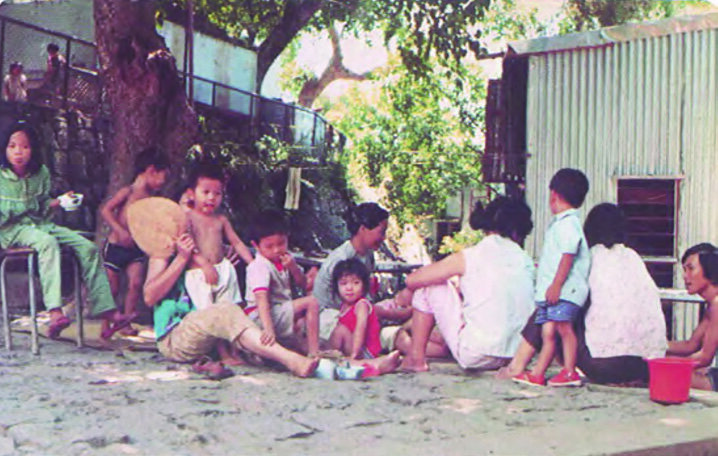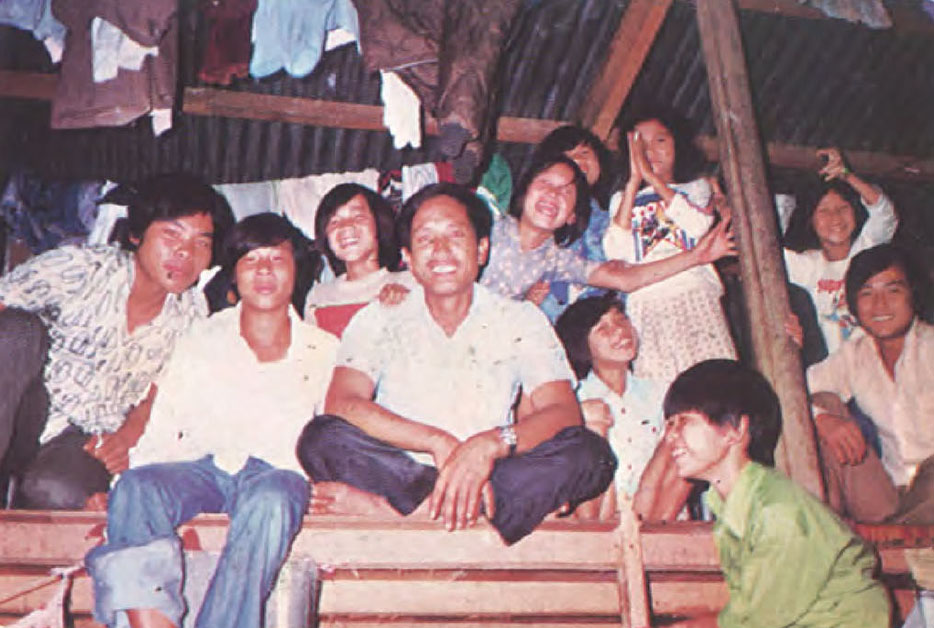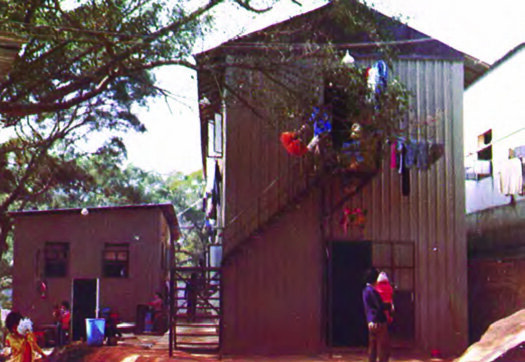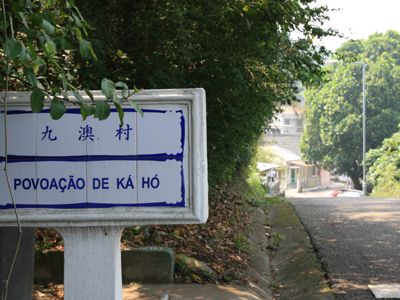According to the United Nations, between 1975 and 1995, at least 7,100 Vietnamese refugees arrived in Macao before being resettled in third countries, predominantly the United States, Canada, Sweden, Australia, and the UK. Only a handful remained in Macao.
When refugees arrived in Macao, the Social Welfare Department and the UNHCR gave them clothing, food, toiletries, and basic kitchen utensils. They also assigned them to one of three camps: Ka Ho, Luís de Camões (both of which were run by Catholic Relief Services, or CRS) and Ilha Verde, which was operated by Caritas Macau. There was also an informal settlement where the Scout Association of Macau is currently located, near the Macau Jockey Club in Taipa, that temporarily housed more than 300 refugees, as well as another in Hac Sa Wan that housed 100.
In total, the camps cost around US$10 million (MOP80.5 million) to build and maintain, with funds coming from the United Nations, the Red Cross, CRS, various religious groups, and the Portuguese-Macao government. In addition, the Catholic Diocese of Macau provided healthcare and educational needs.
Ka Ho refugee camp, a former Portuguese military barracks on the northeast tip of Coloane, was the largest of the three, with around half a dozen 10-metre-long metal shacks that contained rows of bunk beds. The camp – which operated between December 1978 and July 1991 – was crowded and fenced off, but refugees had relatively unrestricted freedom of movement. “The refugees were not locked up and they were free to leave,” says Pun. “In this open environment they learned new skills, found work, and were able to better integrate with the local community.”
Looking at old photographs of Ka Ho camp, one is struck by the range of facilities and activities which were rare in that time period, if not today. Refugees had access to education and medical care, as well as a variety of recreational and educational activities. There was a tuck shop, a beauty salon, a carpentry workshop, communal televisions, a children’s playground, beach outings, swimming lessons, water polo, competitive football matches, table tennis, badminton, chess and athletics competitions, marriage ceremonies, a disco, music nights, Vietnamese cultural evenings, and annual Christmas parties.
More importantly, the camp took care of refugees’ health and hygiene, and there were opportunities to work for a modest wage, alongside the daily allowance of MOP7 for single refugees (MOP30 in today’s currency), MOP13 for couples, and a weekly ration of rice in addition to regular meals in the canteen. A number of factories also hired refugees from the camps. For example, many women produced artificial silk flowers while men often worked in construction, engineering or electronics.
Source: A Safe Haven: What humane resettlement could look like

